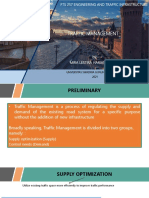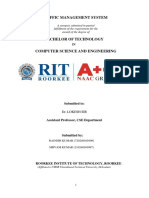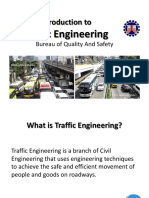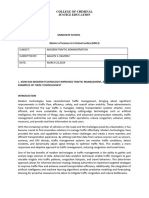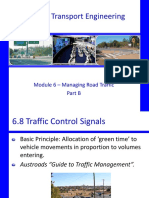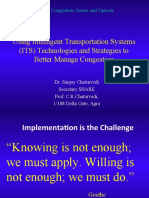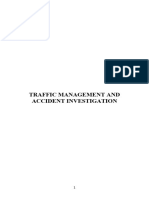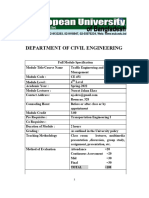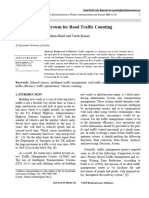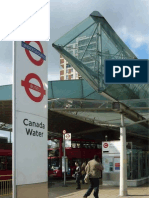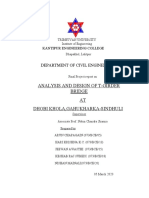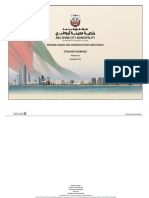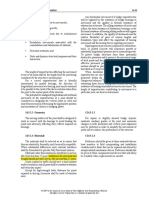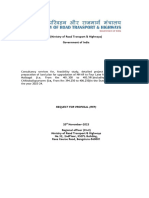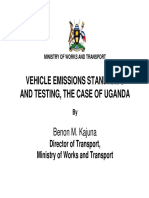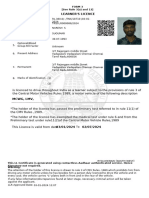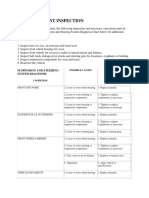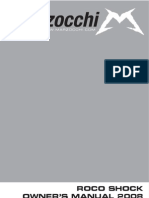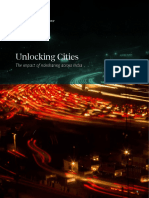0% found this document useful (0 votes)
13 views52 pages01 CE 4251 - Traffic Management
Traffic management focuses on optimizing existing road systems to enhance capacity and safety while minimizing conflicts between vehicles and pedestrians. It employs various strategies, including segregation, regulation, and technological measures, to improve traffic flow and reduce accidents. One-way traffic systems are highlighted as an effective method to increase roadway capacity and safety by simplifying traffic movement and reducing conflicts.
Uploaded by
Puja SahaCopyright
© © All Rights Reserved
We take content rights seriously. If you suspect this is your content, claim it here.
Available Formats
Download as PDF, TXT or read online on Scribd
0% found this document useful (0 votes)
13 views52 pages01 CE 4251 - Traffic Management
Traffic management focuses on optimizing existing road systems to enhance capacity and safety while minimizing conflicts between vehicles and pedestrians. It employs various strategies, including segregation, regulation, and technological measures, to improve traffic flow and reduce accidents. One-way traffic systems are highlighted as an effective method to increase roadway capacity and safety by simplifying traffic movement and reducing conflicts.
Uploaded by
Puja SahaCopyright
© © All Rights Reserved
We take content rights seriously. If you suspect this is your content, claim it here.
Available Formats
Download as PDF, TXT or read online on Scribd
/ 52




